Anyone who is familiar with the game of darts knows that the object of the game is to hit the bullseye. As far as compact cars are concerned, for many years during the 1960s and 1970s, the Dodge Dart did just that, achieving great success. However, when reincarnated for the 2013 model year, the Dodge Dart did not hit the bullseye. In fact, it struck far from it.
The 2013-2016 “PF-platform” Dodge Dart, its lack of meaningful success, and its subsequently prompt discontinuation is a rather tragic tale, especially given its overall competitiveness and the high hopes many had for it. The first Dodge vehicle released as a byproduct of the Fiat-Chrysler merger, the Dart was based on the Fiat Compact platform that underpinned the Alfa Romeo Giulietta, though for the North American market, it was widened and modified a bit, thus resulting in it being renamed the PF Platform for North America.
Whether or not it had as much marinara sauce to it as it did Heinz 57, the PF-body Dart was a car that Dodge was quite proud of, and had good reason to be so. After years of the bubbly yet miserable Neon and the positively wretched Caliber, Dodge finally had a competitive compact car it didn’t need to hide out of embarrassment in the back of its dealer showrooms.
With promotion beginning in December 2011 and building up to its summer 2012 introduction, the Dart was launched to considerable hype and excitement — relatively speaking, as even in 2012 compact cars were hardy the cars the auto industry gushed over.
The Dart premiered two brand new versions of the Global Engine Alliance’s World Gasoline Engine, dubbed Tigershark. These inline-4 engines consisted of the base 2.0-liter (160 hp; 148 lb-ft) and the available 2.4-liter (184 hp; 171 lb-ft). A 1.4-liter Fiat FIRE turbo was also available, making 160-horsepower and 184 lb-torque, and providing better fuel economy than the standard 2.0-liter. All transmissions now had six forward gears: 6-speed manuals standard with each engine, the Tigersharks getting optional 6-speed autos, and the FIRE getting an optional 6-speed dual clutch.
Even more appreciated was the Dart’s interior, boasting significant levels of refinement lightyears ahead of its pitiful Caliber predecessor. The Dart’s dashboard featured an appealing organic shape, highlighted by a prominent center stack and upper instrument panel made to look like it was a continuation of the driver gauge cluster, one that could be optioned with a full-color 7-inch configurable instrument display. On higher-trim models, this upper instrument panel’s trim surround included LED ambient lighting for a rather striking effect.
Material quality was also bounds ahead of the Caliber and actually class-competitive with many softer-touch plastics, as well as padded door surfaces in higher-trims. Dodge also highlighted that the Dart offered a total of 14 interior colors, although many of these featured the same primary color with varied accent color. Available features included an 8.4-inch UConnect center touchscreen housing Bluetooth media, Garmin-based navigation, and climate controls, plus heated front seats, leather upholstery, and dual-zone automatic climate control.
The Dart was also available with an impressive host of options that were either rare for its class or entirely class-exclusive. With availability primarily limited to the premier Limited trim, these included blind spot monitoring, rear cross-path alert, front-and-rear parking sensors, rearview camera, rain-sensing wipers, automatic high beam control, and a heated steering wheel.
Yet for all the buzz leading up to it, the first new Dodge Dart in 36 years debuted to relatively low interest from buyers and unimpressive sales figures, and was barely heard about again until January 2016 when it was announced that the Dart and its long-wheelbase Chrysler 200 cousin would be discontinued later that year indefinitely, without direct replacements so Chrysler could focus on more popular and profitable crossovers.
Just why did the new Dodge Dart fail and have its life cut so short then, when its success seemed so promising at the time of its introduction? After all, the Dart at least presented itself as a reasonably competitive compact car. Predictably there were a number of contributing factors, not the least limited to its very name.
The Big Three have been notorious for slapping a new name on one of their vehicles when a redesigned model arrives, usually to distance it from memories of its predecessor. This is especially true so when it comes to compact cars. As for Dodge, in the prior two decades, buyers were presented with the Shadow, then the Neon, then the Caliber, and finally the Dart. It wasn’t that Dart was a bad name at all, but I’m sure it was meant to resonate with drivers who had once owned a Dart back in the ’60s or ’70s. The problem was, most of this aging demographic had moved on, either to larger and more expensive cars or at the very least to compact crossovers. To most compact sedan buyers, “Dart” was just another name.
Furthermore, while the Dart may have wowed potential buyers with lots of “fluff” by the way of luxury, tech, and convenience features available at extra cost only on top trim models, it was typically sold and bought devoid of these niceties in far more basic form. Sans the fluff, at its core the Dart was merely an average compact car without any noteworthy qualities.
Styling, while subjective, was inoffensive if not a bit over bulbous. Interior materials and quality were average for the class. Interior volume was also average, though certain dimensions were tight compared to competitors, and its thick D-pillars and high beltline made for a somewhat claustrophobic rear cabin. Pricing could also be described as average, as when the Dart was first introduced, its price structure undercut most competitors by a significant amount. Unfortunately, as time went on, Dart prices quickly rose as levels of standard equipment also decreased.
Moreover, for a car that projected a sporty image, particularly with models such as the GT and SXT’s Rallye package, the Dart’s driving dynamics and performance were nothing special and in fact near universally panned as inferior to those of the Ford Focus and Chevrolet Cruz, largely a result of the portly Dart’s hefty curb weight and aging architecture. While noise levels were generally regarded as average, prominent vibrations could be felt with the slightest road imperfections, with more significant body roll prevalent.
Above all, the 2013-2016 Dodge Dart was simply one of those unfortunate cases of the wrong car at the wrong time. After peddling mediocre compact cars for most of recent memory, Dodge finally had an appealing, competitive, and quite frankly, worldly sophisticated entry in the compact class. If only a car like the Dart had come a few years prior, as even at the time of its 2012 introduction, sedans were rapidly becoming wallflowers. Crossovers were simply all the rage.
In its 5 years on the market, the Dart never topped 84k units in a single year, with its best two years of sales in 2013 and 2014, with just over 83k units sold in each. Compare that to competitors like the Chevy Cruze, Ford Focus, Honda Civic, Hyundai Elantra, and Toyota Corolla, each of which sold at least 200k units per year in 2013 and 2014. Furthermore, the Dart’s mechanically-related CUV cousin, the Jeep Cherokee, sold more than twice as many units in its first full year of 2014 at 178k units. The proof was in the ground clearance.
Despite it being Chrysler’s best compact car effort in recent memory, the Dart simply wasn’t enough. In a 2017 interview, Fiat Chrysler Automobiles President Sergio Marchionne stated that the Dart and 200 were FCA’s least profitable products in the past 8 years. While its discontinuation without replacement may have seemed premature, in hindsight, FCA’s decision to discontinue the Dart and Chrysler 200 was rather forward thinking. Ford and GM have also followed suit in eliminating many of their less profitable sedan models, in many cases also exiting entire segments. As most can attest, not every Dart throw can be a bullseye.
Photographed in Whitman, Massachusetts – June 2019
Note: A rerun of an older post.
Related Reading:
Future Curbside Classic: 2015-2017 Chrysler 200
Future Curbside Classic/Driving Impressions: 2015 Chrysler 200



















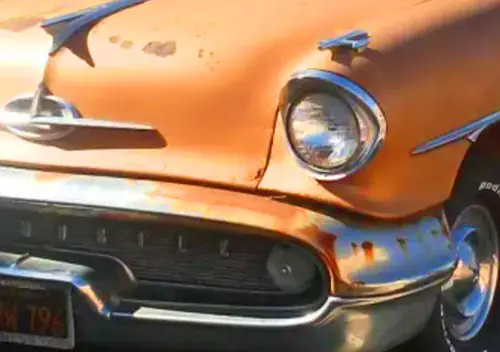
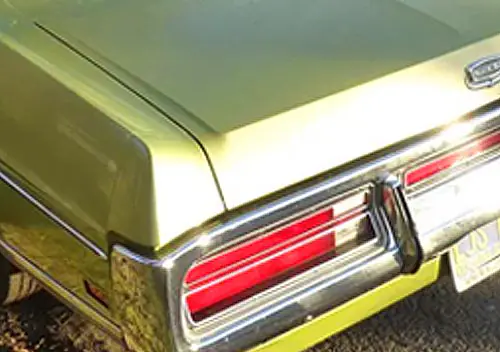
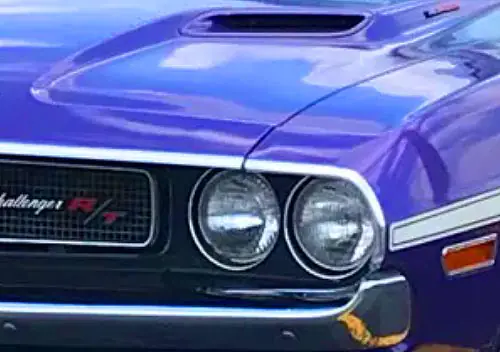


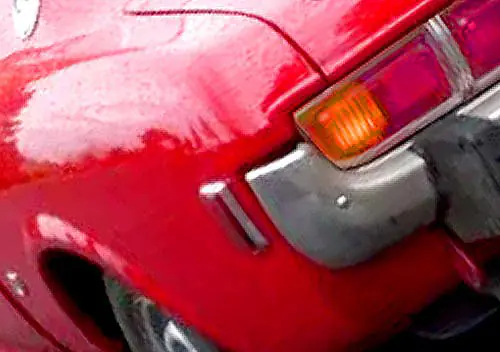

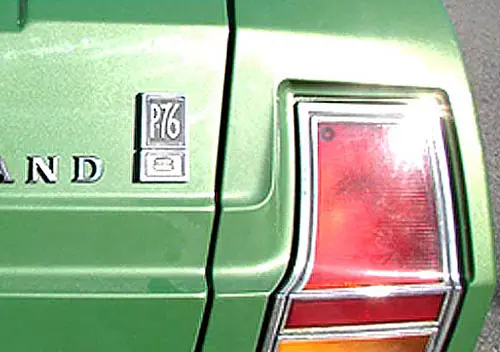
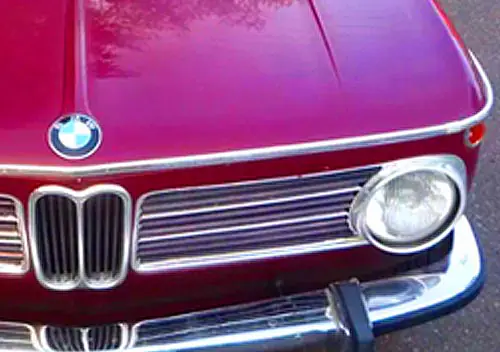


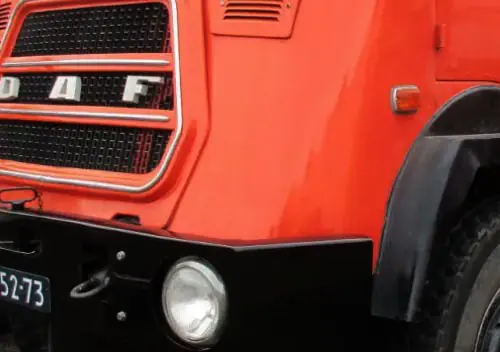
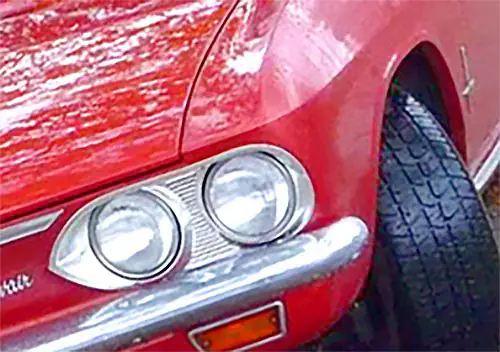
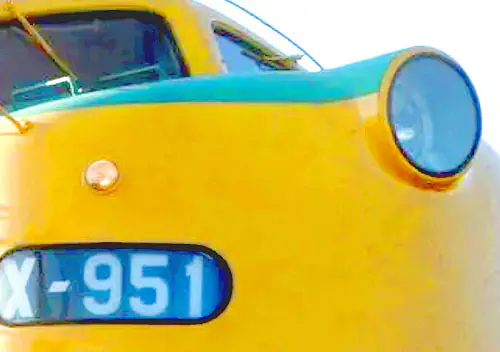
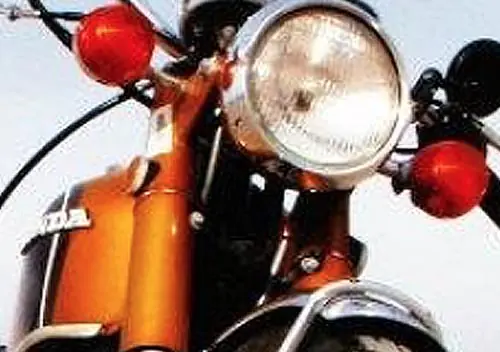
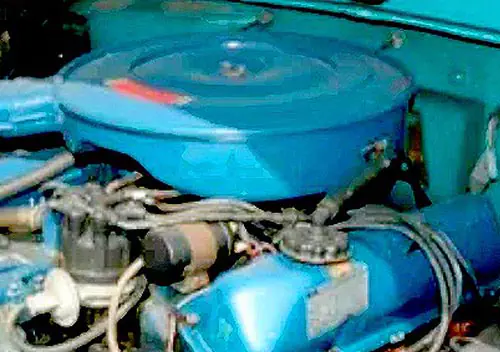



The Dart name seemed odd for another reason. Dodge reused the Charger and Challenger names too, but the new cars wearing those name closely recalled the old ones. The Charger’s flanks echoed the appearance of the classic ’68-70 model, as did the (sometimes) V8/rear drive configuration and general appearance. The Challenger even more closely aped the classic early-’70s muscle car, with a similarly-styled two-door body and again the availability of a Hemi V8 driving the rear wheels. The Dart, though, was nothing like the old one, with completely different styling and not a Slant 6, a 318 V8, or RWD to be found, much less similar styling. It was a decent car I couldn’t get used to being a Dart. There were alot of choices in specifications for a modern car, though a hatchback option would have been nice.
We bought a silver brand new 2013 dart. Still have it. All in all a good car. All repairs are maintenance. I think the market just switched to suv and trucks. Our other vehicle is a new Honda ridgeline truck.
“truck”
The Dart is the most successful product from “Chrysler” since the K car. Yeah it didn’t sell well and probably failed to turn a profit when considering sales volume vs development and tooling costs. That however is irrelevant, the mission was to meet the terms of the agreement to receive the remaining shares owned by the US government.
On sale date and “40 mpg” were the primary constraints of the project and they were set in stone. Sure it still had to meet all applicable regulations but everything else was well down the priority list.
Reverting to a sedan was a huge step backwards, they had nailed the Caliber concept even if they failed miserably in execution. Something with the Caliber’s tall-hatchback shape and the level of refinement they put in the Dart would’ve been a hit.
But they didn’t make an agreement to build a CUV, they made an agreement to make a 40 mpg small car, because that is the headline the gov’t wanted.
A sad end for a famous and great nameplate .
EDIT : thanx peter ! that’s what I was hoping to hear .
-Nate
These were not visually unappealing cars. I always thought they would have made a nice SRT4 if Dodge had doubled down on it.
If a vehicle maker isn’t going to make a class leader, then forget. Pricing a vehicle the same as a class leader isn’t going to cut it. I always thought the Darts engines were lacking. Big corporations prosper by having top market share, if your not at the top save your money and produce what your good at.
This wasn’t about market share or making a class leader, it was about meeting the terms of the agreement that gave FIAT the rest of the gov’t stock in Chrysler.
Many reasons for failure:
-Honda/Toyota production war in segment crushed competitors.
In those years the 9th gen Civic (2012-15 the one with the bad reviews) and the Corolla were being produced in very large numbers, and heavily discounted to move. Other similar sized cars had to discount even more to move their metal.
-Fiat did not understand that Dodge earned its reputation as a low quality/resale% brand and refused to discount, so their cars just sat because they were more expensive than a Civic/Corolla, (and by even larger amounts compared with Sentra, Lancer, Jetta, Mazda3, Impreza, Cruz, Focus)
-Most Darts had expensive option packages which is mistake in a price sensitive segment where people are just looking for inexpensive reliable transportation.
-Too many engine choices, and too many cars on lot with manual transmissions, made buying process too complicated verses large Toyota dealers that had 150 Corolla LE Automatics, all advertised at $4k under sticker plus low financing, no negotiation necessary, and you only had to choose the color.
The automatic transmissions in the first Darts out-the-door were so bad Car and Driver straight up told readers to not buy them and the cars had the smell of Fiat reliability issues from day one.
The just never seemed (to me) to the the carp-boxes others made them out to be; but after years of the Caliber getting cheapened and, in the end, simply LOOKING at the Caliber it seems like a whole generation of entry level buyers had been changed away from Dodge – and were you really ever going to go back after experieincing what Honda, Toyota, Mazda and even Ford were offering?
I disagree with “These are our least-profitable cars, let’s just cut our losses and abandon the segment” because, well, look at Dodge and Chrysler now. Those moves come home to roost.
I was interested in a Dart when they first came out. I was trading in a Stratus and was specifically wanting a smaller car with good handling and peppy performance. In the test drive though, the Dart drove pretty much just like the Stratus did. It was an okay car but just wasn’t as fun to drive as I expected. I ended up buying a then-all-new Focus which was a much more responsive car.
Perhaps its Alfa Romeo ties should NOT have been mentioned in advertising of the time, at least at first when Alfa Romeo was being cautiously reintroduced back into the North American market. In the 1970’s, the Dodge Dart had an excellent reputation, especially with the bulletproof Slant Six, or a small V8. Alfa Romeo back then had a very poor reputation, not being built to handle the North American climate and driving conditions. That image still persisted until the current range of Alfas were reintroduced to North America, and it took a few years for the new crop of Alfa Romeos to gain a far better reputation than they did 50 years ago. Stellantis should not have revealed the fact the PF platform was Alfa-based until they proved it could finally handle North American driving conditions..